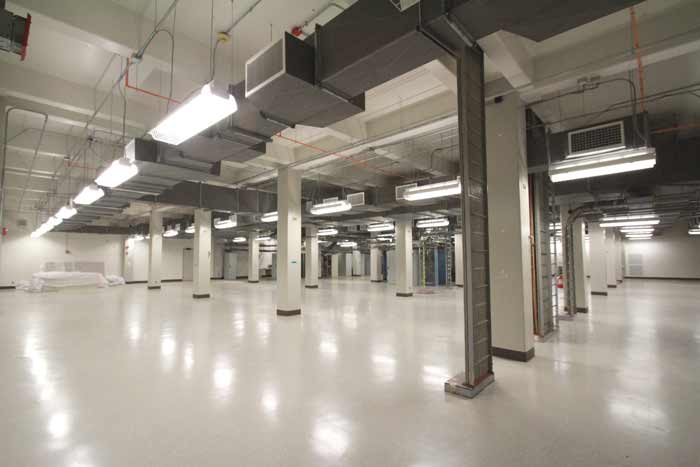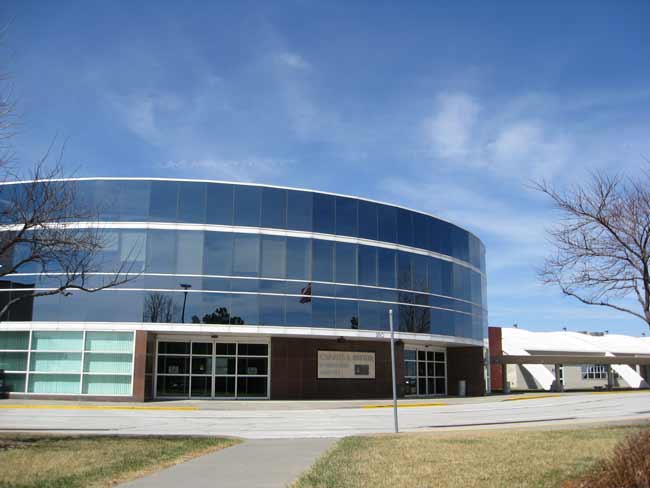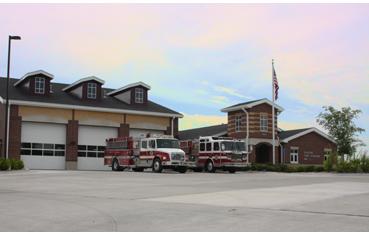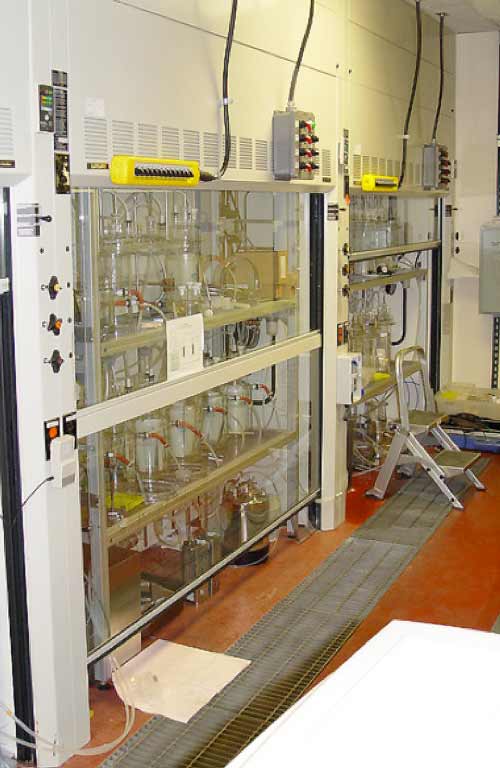Bayer Cropscience – Sencor HVAC Upgrade
Apr 24, 2024
Bayer Cropscience
Sencor HVAC Upgrade
$620,000 Turn-key Design/Build bid project required assembling a construction team based on a preliminary design prepared by our Engineering Division prior to being awarded the project. Engineering services included detailed mechanical and electrical engineering as well as process control engineering. Construction services included on-site supervision, project scheduling, equipment ordering, and sub-contractor scheduling & supervision. The project scope included removal of five central station make-up air handling systems and replacing them with a single 28000 CFM unit. The new air handling system installed was designed for 100% outside air with steam preheat coil using face-and-bypass dampers, chilled water cooling coils, steam reheat coil, and humidifier section.
As the prime contractor, we were responsible for all facets of the project including:
- Mechanical, Electrical, and Control Engineering
- Construction Supervision, Schedulng, and Sub-contractor Coordination
- System Commissioning, Start-Up, and Testing & Balancing
- Control System Manufacturing
Limited mechanical space required detailed engineering layouts. In addition, we had a very limited floor-to-ceiling height in the mechanical space where the unit was being installed. Due to these limitations, we had to explore and research various options and engineering layouts using various types of fans and unit configurations.
Construction challenges included rigging new equipment through an existing louver opening 60 feet above grade. Another challenge is that the entire project had to be completed during a 5-week shutdown window. To accomplish this, we had to make sure all material for the project was on-site prior to the start of construction. Using critical path scheduling, we planned each construction step in detail so we could track progress to insure systems were ready for start-up when production re-started.
Project start-up included commissioning and balancing. This was essential due to critical pressurization requirements.







